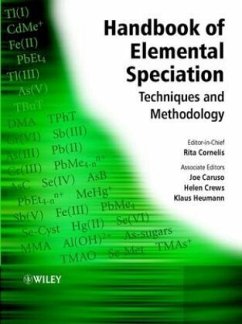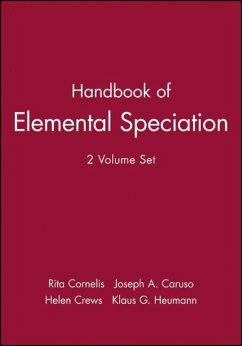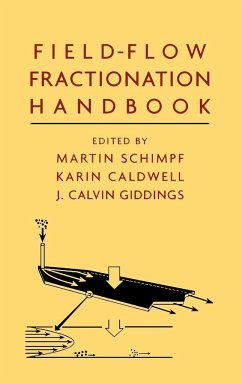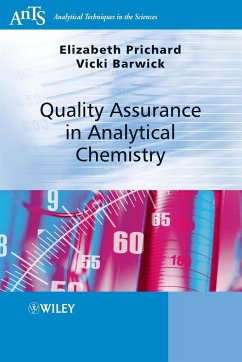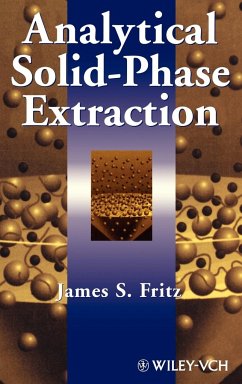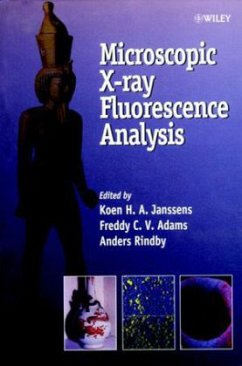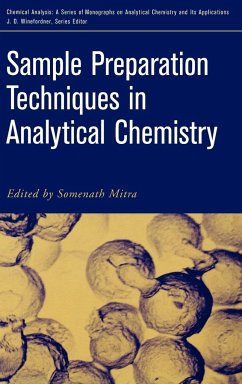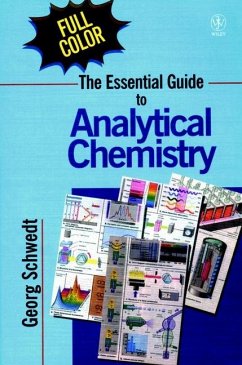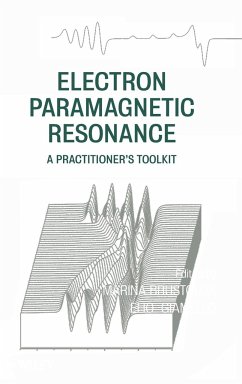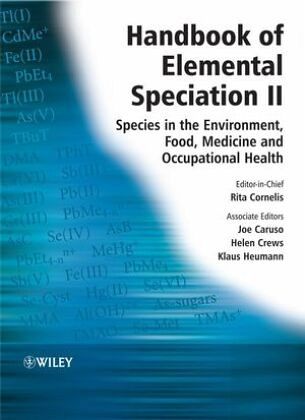
Handbook of Elemental Speciation II
Species in the Environment, Food, Medicine and Occupational Health
Ed. by Joe Caruso, Helen Crews and Rita Cornelis

PAYBACK Punkte
286 °P sammeln!
Written by an internationally recognized group of editors and contributors, Handbook of Elemental Speciation, Volume 2 provides a comprehensive, cross-disciplinary presentation of the analytical techniques involved in speciation._ Comprehensive coverage of key elements and compounds in situ_ Addresses the analysis and impact of these elements and compounds, e.g. arsenic, lead, copper, iron, halogens, etc., in food, the environment, clinical and occupational health_ Detailed methodology and data are reported, as well as regulatory limits_ Includes general introduction on the impact in these key...
Written by an internationally recognized group of editors and contributors, Handbook of Elemental Speciation, Volume 2 provides a comprehensive, cross-disciplinary presentation of the analytical techniques involved in speciation.
_ Comprehensive coverage of key elements and compounds in situ
_ Addresses the analysis and impact of these elements and compounds, e.g. arsenic, lead, copper, iron, halogens, etc., in food, the environment, clinical and occupational health
_ Detailed methodology and data are reported, as well as regulatory limits
_ Includes general introduction on the impact in these key areas
_ Comprehensive coverage of key elements and compounds in situ
_ Addresses the analysis and impact of these elements and compounds, e.g. arsenic, lead, copper, iron, halogens, etc., in food, the environment, clinical and occupational health
_ Detailed methodology and data are reported, as well as regulatory limits
_ Includes general introduction on the impact in these key areas



